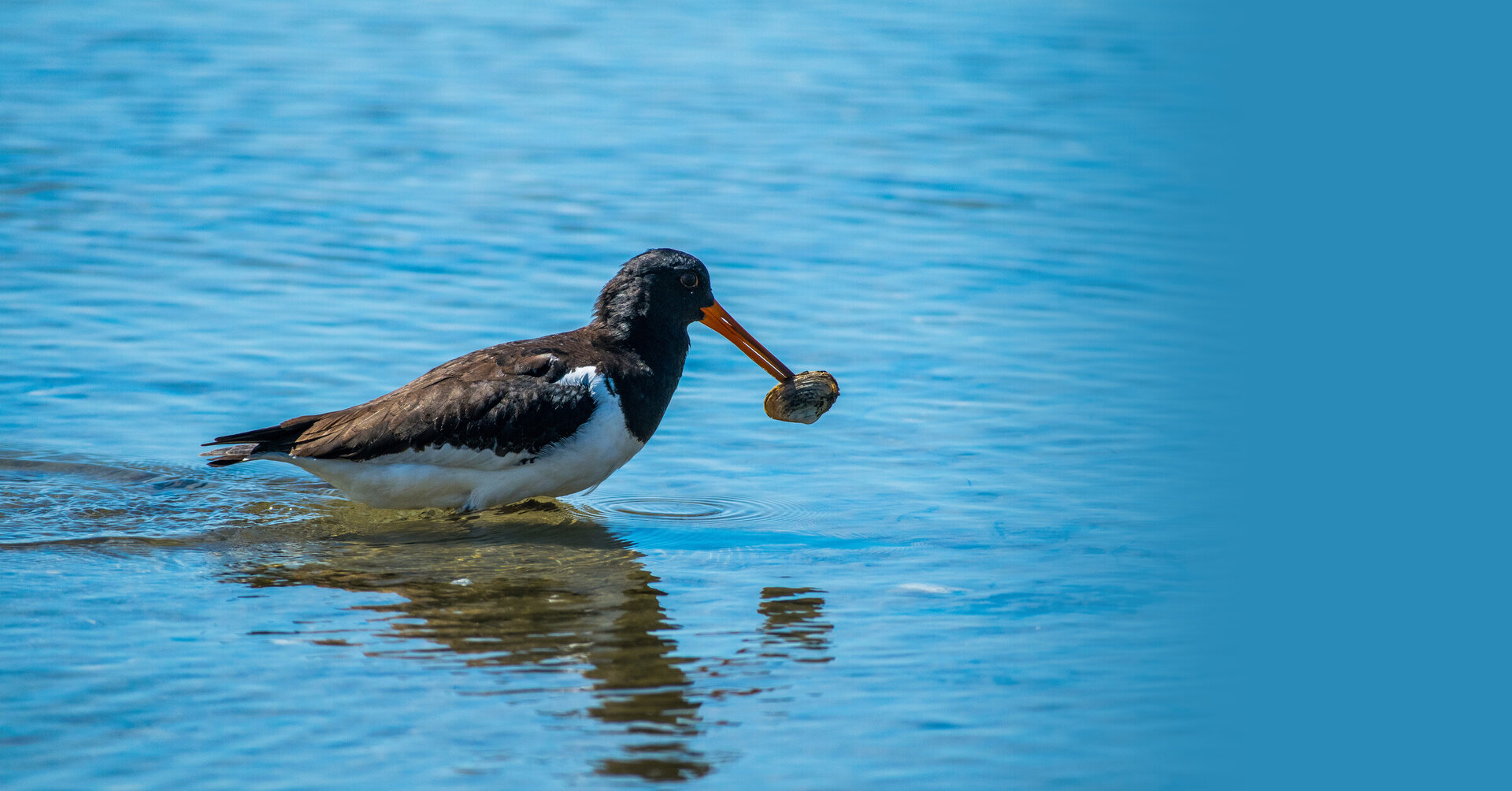Water testing in Little Waihi
Water quality is important to our community. We aim to provide up to date information on the health of our estuary, shellfish, stream water and drinking water. To do this, Wai Kokopu regularly monitors the Nitrate and Escherichia coli (E. coli) concentrations in estuarine water, shellfish, streams and drinking water.
E. coli
E. coli concentrations are used to monitor faecal contamination – human sewage or animal waste. E coli is a good indicator of bacterial loading in our water. Wai Kokopu has been monitoring E. coli concentrations for the past three years at the outlets of the estuary’s 4 major streams. We have also been monitoring E. coli levels within shellfish flesh at two sites in the estuary. E coli concentrations above 2.3 MPN/g within shellfish flesh increases the risk of bacterial disease from consuming shellfish, and under NZ regulations is deemed unsafe to eat.
Nitrates in surface water
Nitrates in surface water are an important indicator of freshwater ecosystem health. Elevated levels of nitrates can cause macroalgae and aquatic plants to grow excessively, and can create algal blooms in rivers and estuaries. These blooms smother important habitats such as Zostera sea grass and reduce the amount of dissolved oxygen available for fish and invertebrates. Nitrate levels in freshwater can be elevated from run-off and leaching from agricultural and horticultural land. Wai Kokopu has been monitoring the Nitrate levels of streams and estuarine water for the past three years. In-stream Nitrate Data is not currently published online but we aim to update this in the coming months.
Nitrates in drinking water
Nitrates in drinking water also pose a risk to human health. The risk of blue baby syndrome in infants is increased when consuming drinking water with Nitrate concentration >11.3mg/L. There is also emerging (though not conclusive) evidence of a link between drinking water Nitrate levels and colorectal cancer risk. Recent international research has found an increased risk of colorectal cancer in drinking water with concentrations >1mg/L, with cancer risk increasing as long-term nitrate exposure increases. Although causation has not been conclusively proven, this risk is a concern in New Zealand and to Waihi Catchment residents as many rural populations’ drinking water is supplied by shallow borewater sources, which can be subject to high Nitrate levels through leaching into groundwater.
Very little Nitrate data in drinking water exists for the catchment. As such, Wai Kokopu has been collaborating with GNS to collect drinking water data from groundwater sources across the catchment. NitrateWatch, a research project by GNS, aims to improve our understanding of Nitrates in drinking water bores and springs nationwide. Wai Kokopu will be working with NitrateWatch in the coming months to improve our understanding of Nitrates in drinking water sources, by collecting and independently testing drinking water from sites across the catchment.
Map is for visualisation only – Click Why this status? Below to access results



